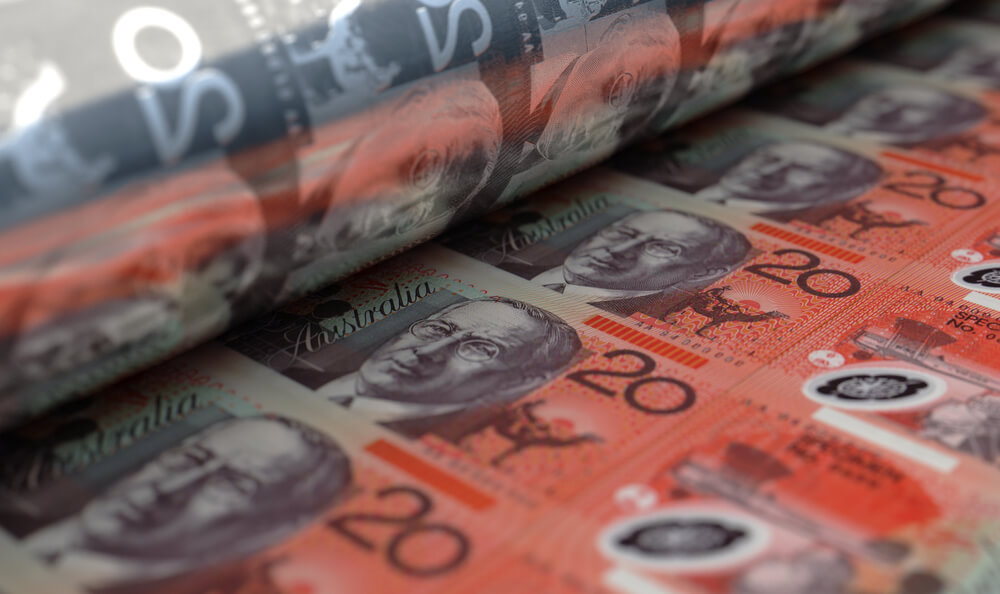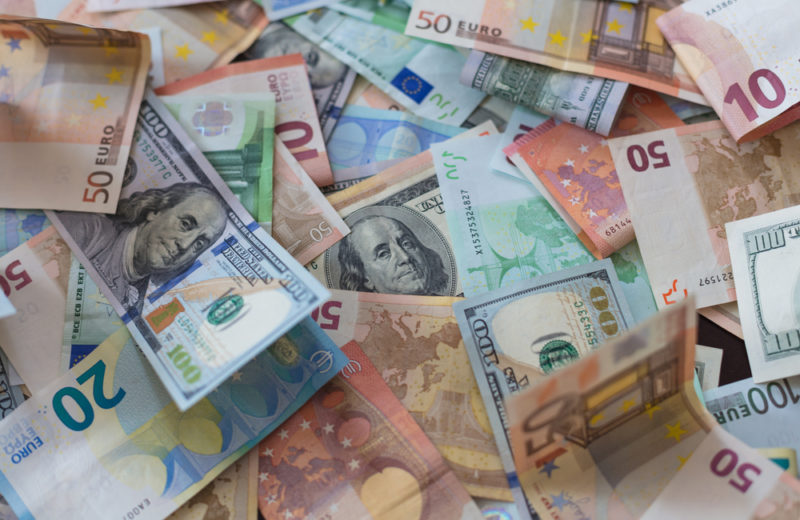Key Points:
- USD/CAD rose to 1.3665 due to a strengthening US Dollar and falling oil prices impacting the Canadian Dollar.
- Canadian GDP data and the FOMC rate decision are major upcoming influences.
The USD/CAD pair witnessed modest gains, reaching 1.3665 early Tuesday in the Asian trading hours. This uptick is primarily fuelled by a rebound in the US Dollar, which continues to find support from various economic indicators and monetary policy expectations. Simultaneously, the Canadian Dollar is under pressure, largely due to a decline in oil prices, a significant commodity for Canada’s export-driven economy. As oil prices falter, the direct impact is a bearish pressure on the CAD, highlighting the sensitivity of the Canadian economy to commodity price shifts.
USD/CAD Influenced by 5.25%-5.50% Rate Expectation
Investors await Canadian February GDP figures, a key indicator that may shape future monetary policy directions. Additionally, the focus is on the Federal Open Market Committee (FOMC) interest rate decision due on Wednesday. Market consensus does not anticipate a rate change, expected to remain steady within the 5.25%-5.50% range. However, the tone of the Fed’s communication post-decision will be pivotal in setting the trajectory for the USD’s strength in the short to medium term.
Fed’s Bowman and Kashkari Suggest Firm Rate Policy
Recent comments from Federal Reserve officials indicate a robust stance against inflation. Michelle Bowman highlighted ongoing upside risks to inflation, suggesting a potential continuation of a firm policy stance. Similarly, Neel Kashkari has hinted at the possibility of no rate cuts this year, reinforcing expectations of a persistent policy. Raphael Bostic’s comments about possibly favouring rate hikes if inflation worsens add to the narrative of a ‘higher-for-longer’ rate scenario. These statements underpin a stronger outlook for the USD as fiscal vigilance remains a priority.
Potential CAD Rate Cuts Hinge on June/July GDP Data
In the United States, the prevailing hawkish or dovish tones in monetary policy could significantly sway the USD’s valuation. Across the border, Canada’s monetary policy trajectory hinges on the upcoming GDP data, with potential rate cuts anticipated in June or July. A weaker-than-expected GDP may lead to earlier Bank of Canada rate cuts, potentially further depressing the Canadian dollar.
Falling Oil Prices Put Downward Pressure on USD/CAD
The decline in oil prices has significantly pressured the Canadian Dollar, as Canada is the largest US crude oil exporter. This trend affects the commodity market and significantly impacts the currency pair dynamics, emphasising the interconnectedness of commodity prices and national economic health. As investors analyse economic indicators and policy announcements, the USD/CAD pair remains sensitive to these factors. Consequently, this will likely continue to provide interesting trading opportunities.














